You’ll achieve professional-grade synchronization in your multi-camera 360 systems by implementing hardware-based timecode distribution across all cameras to eliminate drift and latency. Set up one camera as your master reference point to control frame rates and generate timecode signals for secondary units. Use GMSL interface technology for frame-perfect alignment with superior low-latency performance compared to software solutions. Match audio waveforms in real-time using automated tools for precise synchronization. Deploy NDI or SRT network protocols with fiber optic connections to coordinate live camera feeds seamlessly. These techniques will unveil advanced synchronization strategies that transform your production workflow.
Hardware-Based Timecode Synchronization for Multi-Camera Arrays
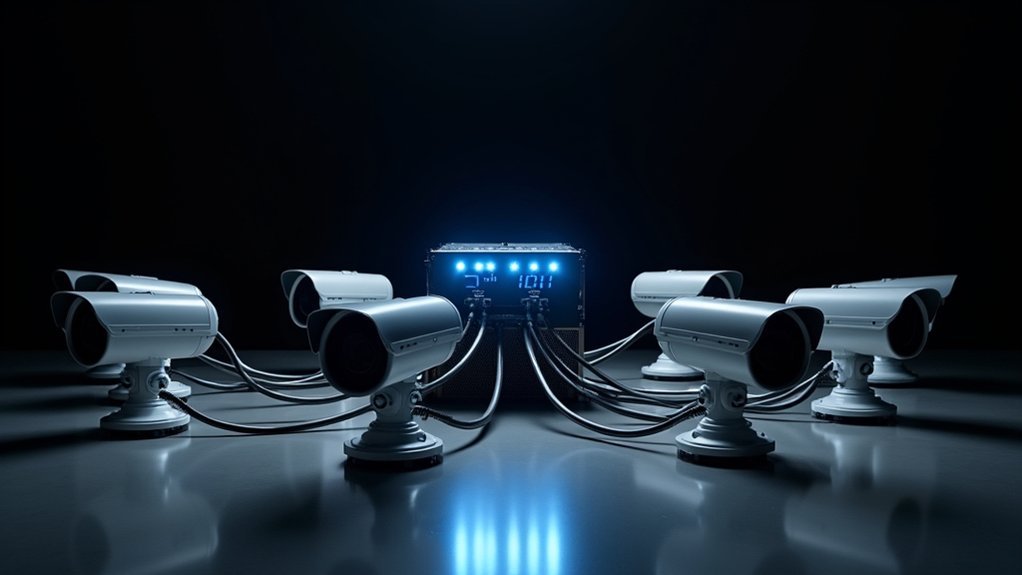
When you’re working with multiple cameras in a 360-degree setup, hardware-based timecode synchronization provides the most reliable foundation for keeping your footage perfectly aligned.
This method uses a common time reference across all cameras, eliminating the latency and drift that can plague multi-camera systems during live streaming or immersive experiences.
You’ll typically implement this through dedicated sync boxes that generate and distribute timecode signals to each camera.
Since most professional cameras support timecode inputs and outputs, integration into your existing setup becomes straightforward.
This approach greatly reduces post-production complexity by automatically aligning your video footage and audio tracks during editing, creating a more efficient workflow while ensuring higher-quality final products for your 360-degree content.
Master Camera Reference Setup and Configuration
Building on your hardware timecode foundation, you’ll need to designate one camera in your 360-degree array as the master reference point that controls the synchronization behavior of all other units. This master camera technology becomes your anchor for maintaining consistent frame rate across the entire system. Configure all secondary cameras to follow this primary source’s settings, ensuring uniform resolution and timing parameters.
| Configuration Element | Master Camera | Secondary Cameras |
|---|---|---|
| Frame Rate Control | Sets baseline | Follows master |
| Resolution Standard | Primary reference | Matches master |
| Timecode Generation | Source signal | Receives signal |
| Sync Signal Output | Distributes timing | Accepts input |
Your synchronization setup directly impacts editing software workflow efficiency, as properly aligned footage requires minimal post-production correction. Regularly verify that all units maintain their reference relationships throughout recording sessions.
Frame-Level Alignment Using GMSL Interface Technology
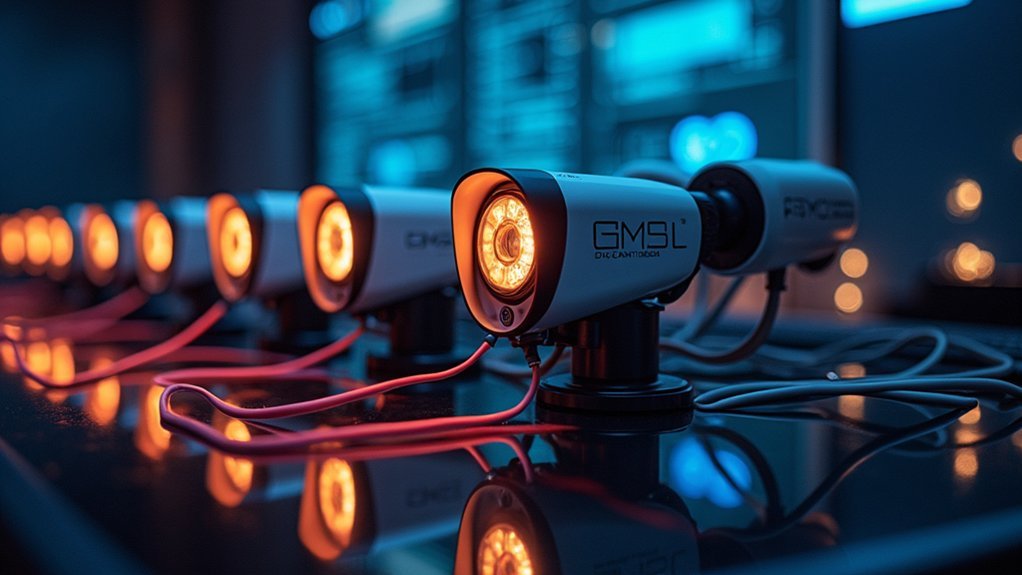
Frame-level precision becomes achievable through GMSL (Gigabit Multimedia Serial Link) interface technology, which delivers the low-latency data transmission your 360-degree camera array requires for seamless video alignment.
You’ll experience superior frame-level synchronization compared to software-based solutions because GMSL provides hardware-level timing control that eliminates processing delays.
GMSL’s capability to handle high frame rates makes it ideal for demanding multi-camera setups where multiple video streams must remain perfectly synchronized.
You’ll benefit from reduced glass-to-glass latency, ensuring real-time performance across all camera feeds.
This technology increases your system’s camera throughput while maintaining precise alignment, making it the preferred choice for professional 360-degree applications requiring flawless frame coordination.
Real-Time Audio Waveform Matching Techniques
Audio waveform matching provides an alternative synchronization method that works exceptionally well when your multi-camera 360 system captures clear audio across all feeds. This technique guarantees precise synchronization of video footage by visually aligning audio waveforms during post-production.
Here’s how you’ll implement real-time audio waveform matching effectively:
- Zoom into your audio waveforms within editing software to visually compare and adjust alignment across multiple tracks for accurate timing.
- Utilize automated “Multicamera Synchronize Audio” tools to speed up the synchronization process when clear audio exists in each feed.
- Prioritize clear audio quality during filming to enhance successful synchronization likelihood across all camera feeds.
- Achieve frame-level synchronization to minimize latency and maintain perfect audio-video alignment during real-time playback.
Low-Latency Network Protocols for Live Camera Coordination
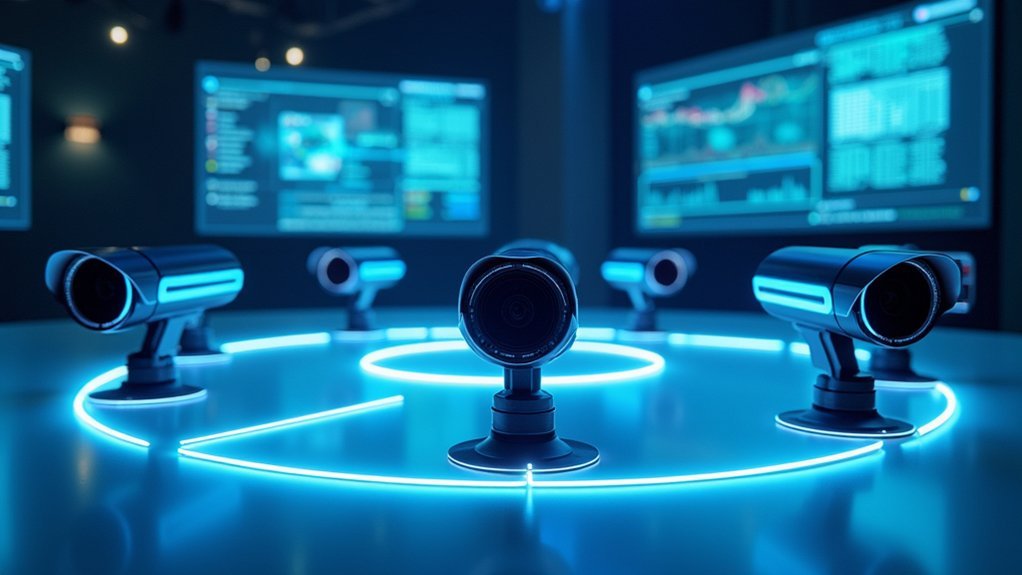
When synchronizing multiple cameras in real-time requires network-based coordination, low-latency protocols become the backbone of your entire 360-degree recording system. NDI (Network Device Interface) stands out as your best choice for multi-camera synchronization, specifically designed for real-time video and audio transmission across local networks.
Unlike RTSP, which introduces problematic latency issues, NDI guarantees seamless camera coordination during live broadcasts.
You’ll want to pair these protocols with fiber optic HDMI cables for 4K and 8K signals, maintaining higher bandwidth while reducing lag. Wired Ethernet connections with gigabit routers are essential for peak performance.
Consider SRT (Secure Reliable Transport) for enhanced error correction and consistent synchronization across your multi-camera setup, especially when streaming live content requiring precise timing coordination.
Frequently Asked Questions
How to Sync Audio With Multiple Cameras?
You’ll use multicamera synchronization tools in editing software like VEGAS Pro, which automatically aligns footage using audio waveforms. Record clear audio on each camera, then select your best audio track as the primary synchronization source.
How to Trigger Multiple Cameras at Once?
You’ll need remote triggers or wireless control systems that let you activate all cameras with one button press. Alternatively, use hardware sync boxes or timecode generators for simultaneous recording starts.
What Are the Disadvantages of Multi-Camera Production?
You’ll face synchronization challenges, increased hardware costs, inconsistent camera settings creating visual mismatches, audio delay issues, and extended editing times when managing multiple footage streams simultaneously.
What Is One Way to Switch Between Camera Angles in a Multi-Camera View?
You can use the “Create Multicamera Track” feature in editing software like VEGAS Pro, which consolidates multiple video tracks into one manageable track for seamless angle switching.
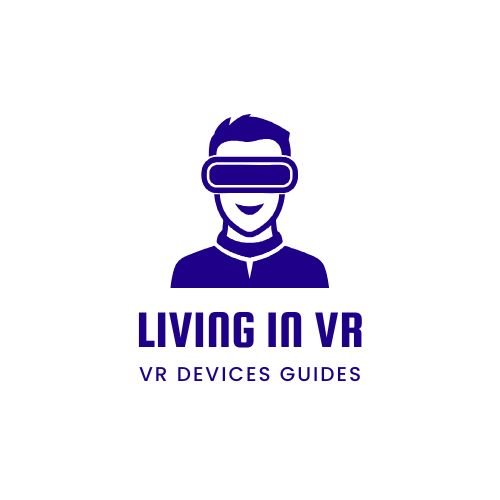
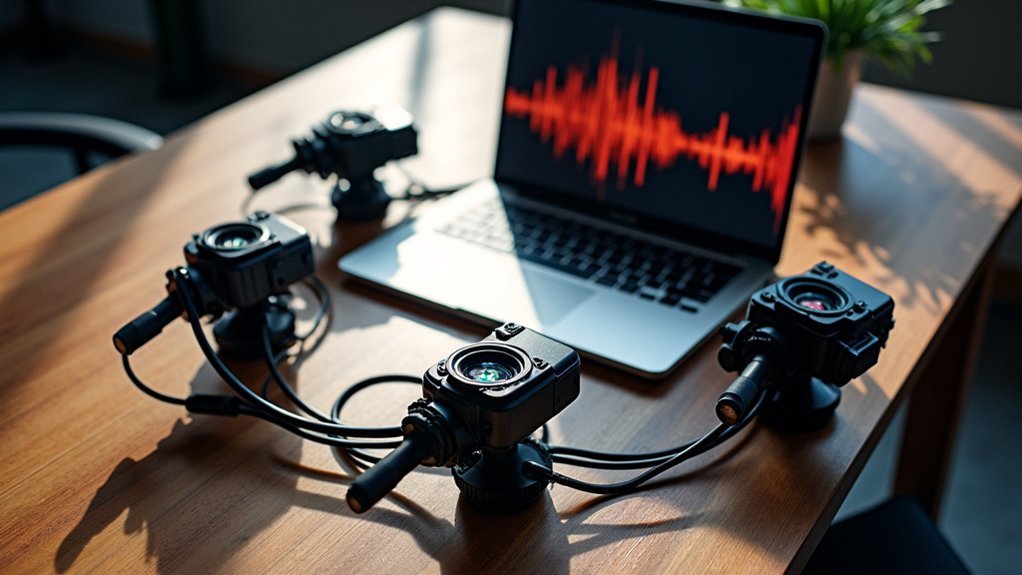


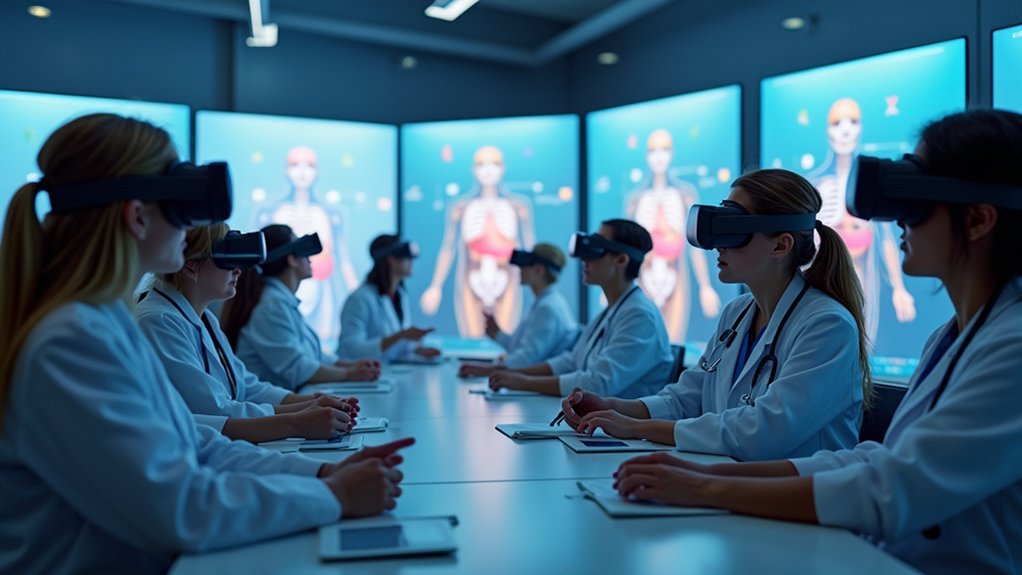
Leave a Reply